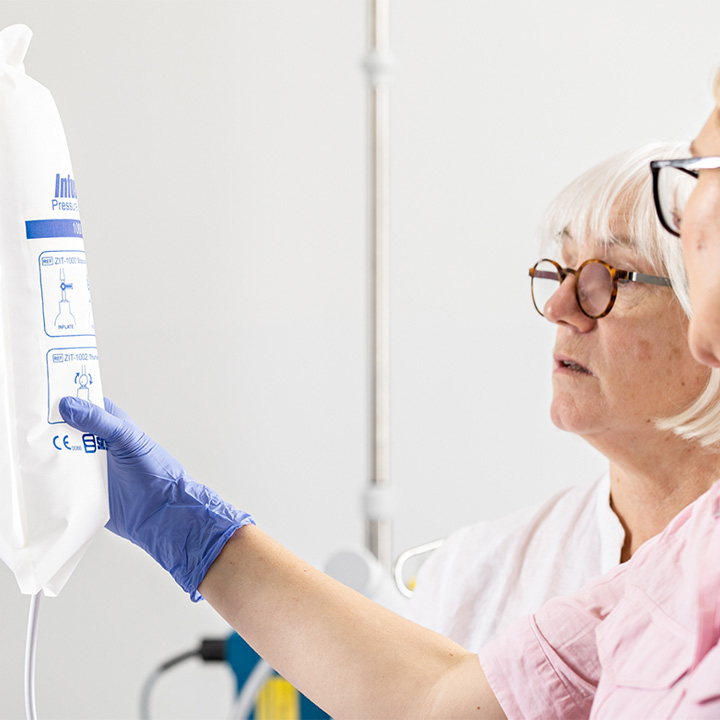Don’t have an account?
Select the donation type you’d like to make
We're now offering even more opportunities for health professionals working in the area of transfusion to improve their knowledge of blood, various workplace settings and associated roles and responsibilities, to support safe transfusion practice.
These new microcredentials and microlearnings are designed to complement our annual education calendar of transfusion webinars and events which can be found at Transfusion Online Learning.
Transfusion practitioner microcredentials
These microcredentials are designed to build and support knowledge of safe transfusion practice and offer a certification of assessed learning.

The role of a transfusion practitioner (TP) can apply to a number of different titles, including transfusion nurse consultants, patient blood management coordinators, and blood safety officers.
These microcredentials are ideal if you're new to transfusion - or looking to secure a role - and for existing health professionals who have identified gaps in their skills or knowledge.
Each module is tailored to suit the needs of healthcare professionals in developing or improving knowledge in the transfusion practice setting.
Transfusion laboratory essentials
These microlearnings are for new scientists and laboratory staff on relevant topics to improve knowledge and add value to their roles.

The transfusion laboratory essentials modules have been developed to help new scientists and those returning to the workforce feel safe and confident in their role in a transfusion laboratory.
These microlearnings are intended to complement your mandatory laboratory training programs
There'll be 12 self-paced and interactive modules in total, which we hope will offer an enjoyable way to learn and explore relevant topics.



